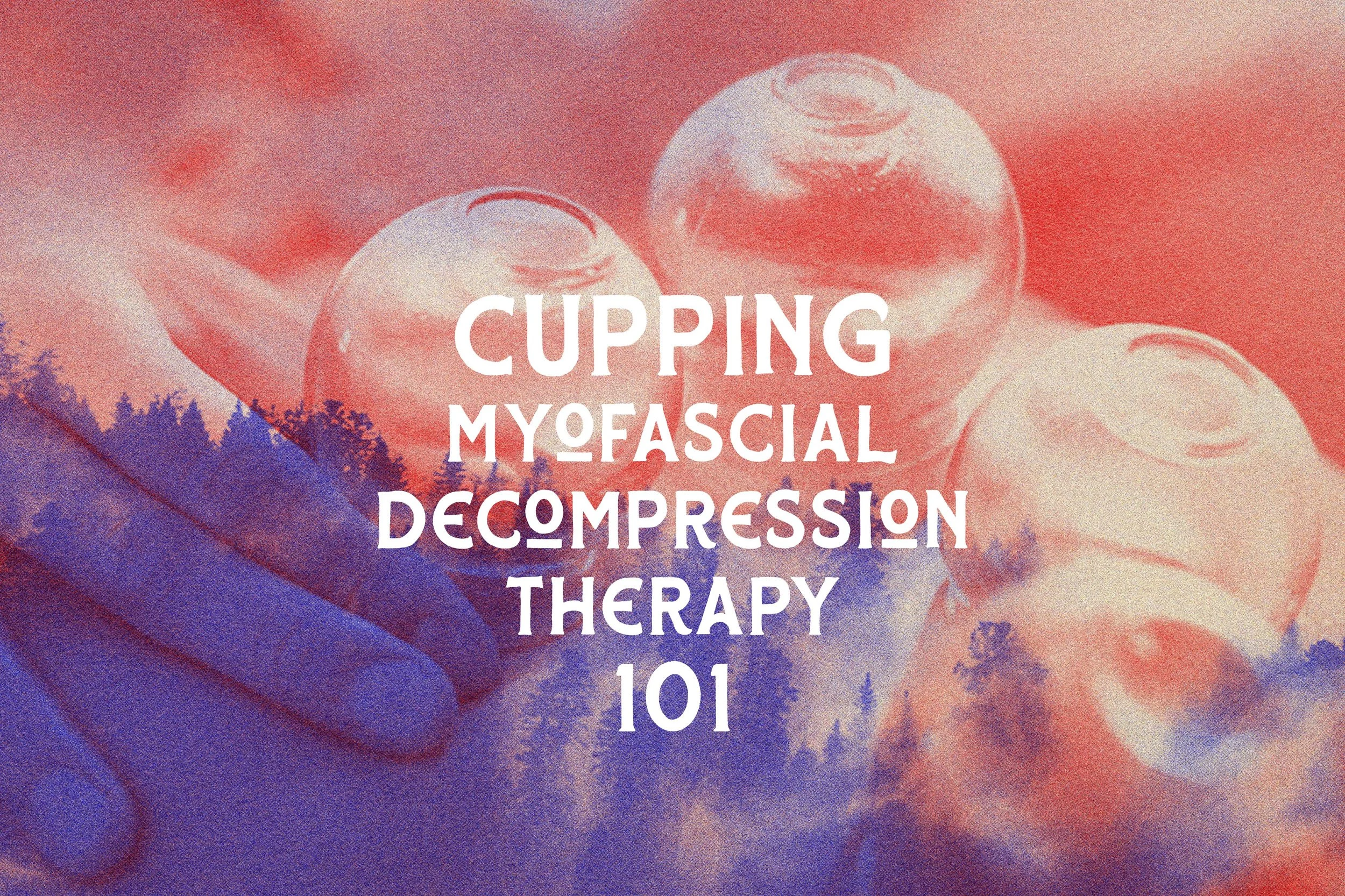Cupping / Myofascial Decompression Therapy: 101
Cupping therapy, also known as myofascial decompression therapy, is an ancient healing practice that has been used for thousands of years in cultures around the world. The therapy involves using suction to apply pressure to the skin, which is used to promote circulation and relieve pain.
History of Cupping Therapy
Cupping therapy has been used in ancient civilizations such as Egypt, China, and the Middle East. The ancient Egyptians used cupping therapy to treat a variety of conditions, including headaches, joint pain, and digestive problems. In traditional Chinese medicine, cupping therapy is used to improve the flow of qi, or energy, in the body. Over time, the materials used for cupping therapy have evolved, and today glass and plastic cups are most commonly used.
Benefits of Cupping Therapy
Cupping therapy is shown to provide a variety of benefits, including reducing pain, improving circulation, and helping with respiratory problems. The suction created by the cups is thought to increase blood flow to the affected area, which can relieve pain and promote healing. According to a study published in the Journal of Physical Therapy Science, cupping therapy can also help improve flexibility and range of motion in people with musculoskeletal conditions such as low back pain.
Modern Uses of Cupping Therapy
In modern times, cupping therapy is often used to treat musculoskeletal pain, such as back pain and neck pain, and to improve athletic performance. Some athletes, such as swimmer Michael Phelps, have used cupping therapy to help with muscle soreness and improve recovery after exercise.
Cupping therapy is also used to treat a variety of other medical conditions, including fibromyalgia, migraines, and anxiety.
Safety and Effectiveness of Cupping Therapy
Cupping is a very safe therapy when done by a trained and experienced practitioner. Though rare, when done incorrectly, cupping may cause skin irritation, so people with certain medical conditions, such as skin conditions or bleeding disorders may not be good candidates for cupping therapy. If you are considering cupping therapy, it is important to discuss it with your practitioner to determine if it is appropriate for you.
If you’d like to learn more or set up an appointment at our Rochester, NY office, please feel free to do so by following the link below.


